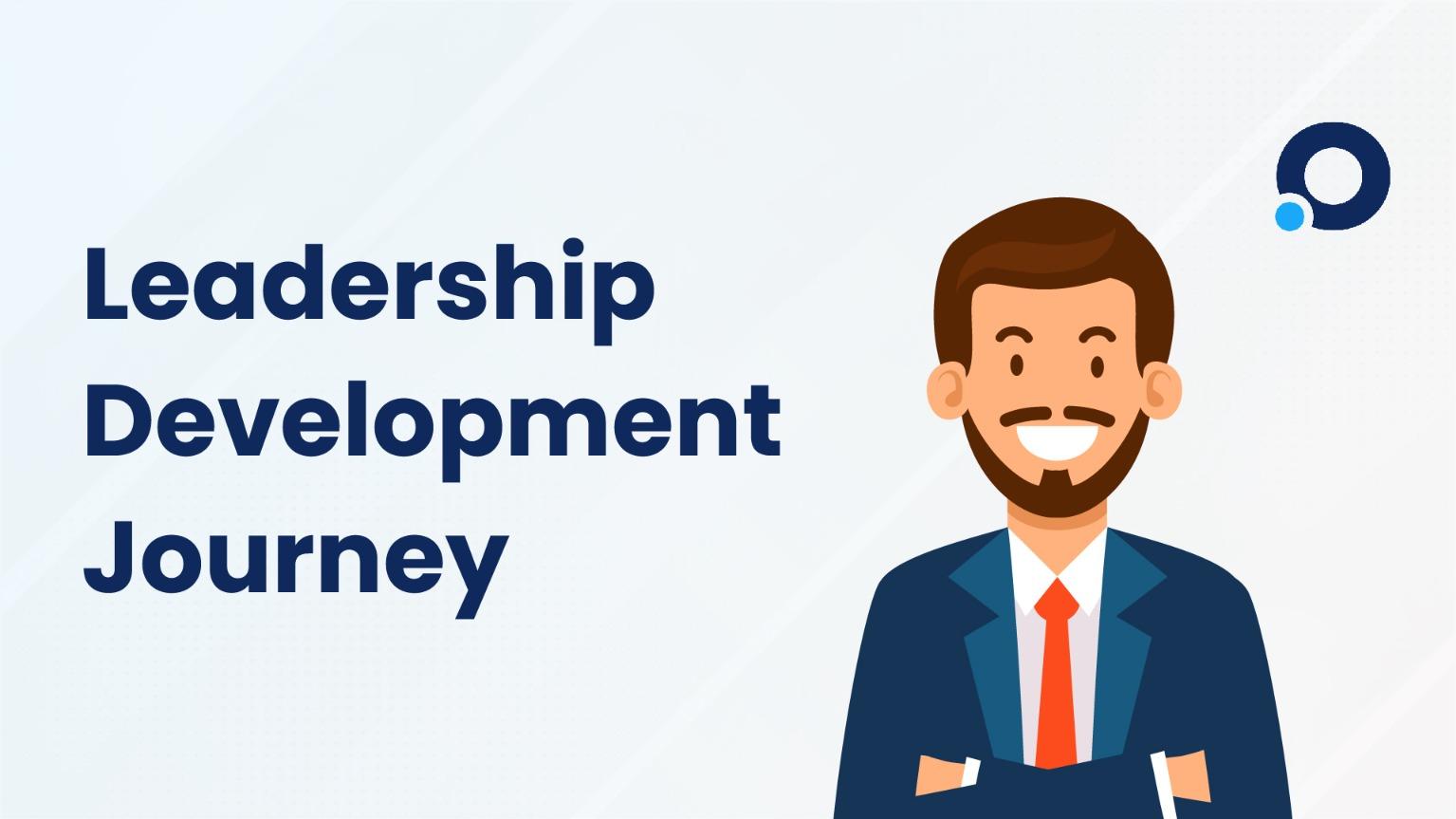Remember the childhood game “Finding Waldo” in a crowd? It's a fun but challenging task, much like finding the right talent for an organization in today's competitive business world.
Picking that one ideal candidate for your organization from the lot is not only daunting but also requires a lot of resources.
In addition to that, ensuring that the talent pool of your organization is efficient is another deal.
This blog explores how companies are tackling this challenge, the stumbling blocks they face, and how an AI-driven approach can turn the tide.
Challenges in Building a Talent Pool
Organizations face a lot of complex challenges when it comes to talent management. From hiring to development, they hit a roadblock a lot of times.
1. Hiring Right
The first step in building an efficient talent pool is hiring the right people. But often, this process is like searching for a needle in a haystack.
The struggle begins with scouting through the huge pile of resumes and finding a potential candidate whose skill sets match the organization’s requirements.
Additionally, even after finding a candidate with the right skills, ensuring that he also has the will to work is another challenge.
2. Onboarding Better
Hiring professionals face the crucial task of not only recruiting the right candidate but also ensuring a smooth onboarding process. Despite accepting job offers, many candidates do not join the organization.
A successful onboarding process is key to preventing conflicts and misunderstandings, necessitating synchronization between the new employee and their manager. This synchronization is important to avoid any bias from the manager's side.
The challenge lies in onboarding a candidate who is not only beneficial for the company at large but also aligns well with the manager's style and expectations.
3. Visible Impact of L&D Programs
In order to ensure that the talent pool of an organization is efficient, investing in leadership and development is essential.
Organizations here face two critical challenges.
One, customizing the training program by using Bloom's taxonomy and bucketing individuals into groups.
Two, choosing a relevant training evaluation model for ROI effectiveness.
Many companies find it challenging not only to find the skill gap but also to track the effectiveness of these programs and their tangible benefits for performance and productivity.
Building the AI Talent Model

Drawing from our white paper, we introduce the AI Talent Model, an AI-driven approach that promises to revolutionize how companies manage talent. This model leverages structured learning algorithms to optimize the entire talent management process.
The AI Talent Model comprises three major elements: top talent brain signature, organizational values, and talent aspiration. These elements together help an organization create its very own AI model.
This, then, can be used to hire the right talent, benchmark existing talent against it, and also bridge the skill gaps as needed.
But how can that be done?
Let’s find out.
Applying the AI Talent Model
Once you have an AI model ready, you can use it for talent management. Here is how:
1. For Talent Hiring
Just like finding Waldo becomes easier with clues, AI helps in pinpointing the right candidates. This is done by analyzing skills against the top talent's brain signature and aligning them with the values and talent aspirations of the organization.
2. For Onboarding
AI can personalize the onboarding experience, ensuring new hires are engaged and effectively integrated into the company culture. Also, it helps in aligning the manager and the new joinee to avoid any clashes, misunderstandings, and biases. This leads to better retention and faster time-to-productivity.
3. For Increasing Talent Efficiency
The AI model provides a benchmark for your organization. This helps in identifying the skills that each employee needs to work on. Based on this information, an organization can assign L&D programs.
Additionally, it also provides valuable insights into employee performance and the impact of development programs. This data-driven approach allows companies to optimize their training initiatives and improve overall talent efficiency.
Wrapping It Up
Embracing the AI Talent Model is like finally spotting Waldo in a crowd; it brings clarity, efficiency, and effectiveness to talent management. Companies leveraging this model can not only overcome the challenges of hiring, onboarding, and development but also significantly boost their talent productivity.
Ready to dive deeper and see how AI can transform your organization's talent management?
Download the white paper, give it a read, and unlock the potential of AI in your talent strategy.

























